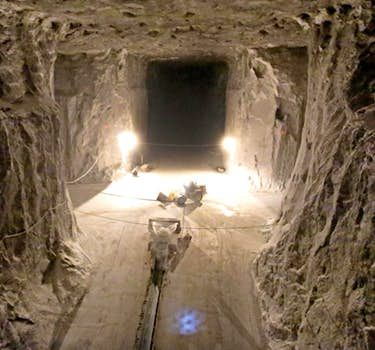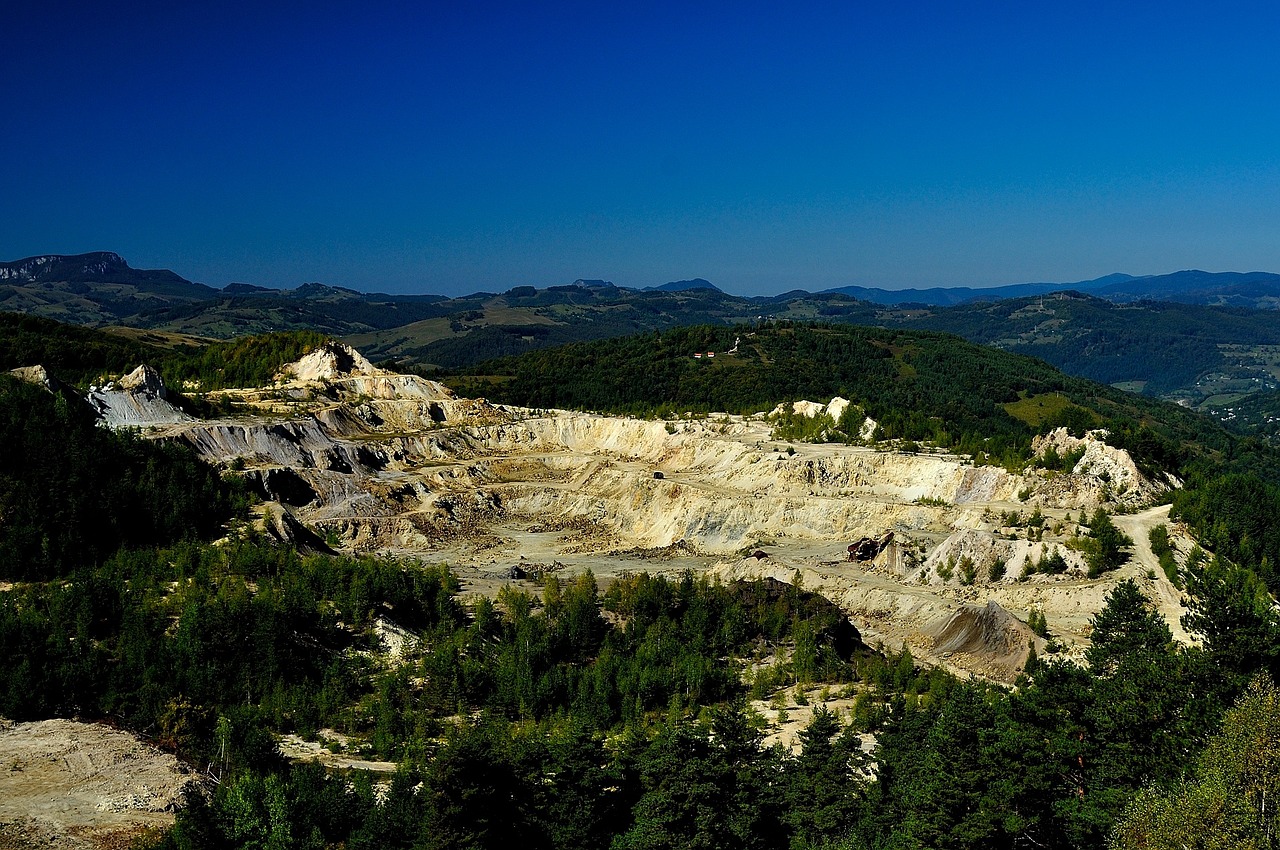The vast saline deposit at Grand Saline, Texas, holds an illustrious place in American history, particularly during the Civil War era. This natural salt reserve was a pivotal resource for Texas and the Confederate states, providing a critical means of preserving meat in the sweltering Southern climate. Salt was indispensable not only for food preservation but also for various other wartime necessities, making Grand Saline a crucial player in the Confederacy’s logistical network.

The Civil War Era: Salt’s Strategic Importance
During the Civil War, salt was the only effective method for preserving meat, which was essential for feeding soldiers on the front lines. The importance of salt in maintaining the Confederate army’s food supply cannot be overstated. Given its strategic importance, workers in the salt mines of Grand Saline were exempt from military service, ensuring that production remained uninterrupted. The scale of production was impressive, with over 10,000 pounds of salt mined daily. This salt was not only used for preserving meat but also for curing hides used in making horse harnesses and saddles, critical for the Confederate cavalry.


The Genesis of Salt Production in Grand Saline
The story of salt production in Grand Saline dates back to December 17, 1845, when two pioneers, John Jordan and A.T. McGee, acquired land newly available for settlement. They were informed by Native Americans about a salty marsh in the area that could yield salt through evaporation methods. This early knowledge laid the foundation for what would become a major industry.

The Salt Prairie and the Salt Dome
The region south of present-day Grand Saline features a salt prairie, part of a former sea bed that left behind extensive salt deposits as it evaporated. This exposed salt flat is just a surface indication of a much larger subterranean treasure. The salt deposit at Grand Saline is part of a massive salt bed extending from East Texas to western Louisiana, although it is mostly buried under layers of sediment elsewhere.
The underground salt dome in Grand Saline is a geological marvel. It spans 1.5 miles in width and stretches three miles deep. Despite its extensive size, only a fraction of this deposit has been mined to date—specifically, just 750 feet of the 20,000-foot deep formation. Geologists estimate that this salt dome could meet the world’s salt needs for the next 20,000 years, underscoring its vast potential.

Continued Salt Production
Today, salt mining continues in Grand Saline, contributing to both the local economy and the global supply. The methods and scale of production have modernized, but the essential role of this deposit remains unchanged. The rich history and enduring utility of the Grand Saline salt deposit highlight its significance both in the past and for future generations.
In conclusion, Grand Saline, Texas, with its massive salt deposit, played a crucial role during the Civil War and continues to be a key source of salt today. Its historical and ongoing contributions to salt production underscore the importance of this natural resource in supporting both daily life and extraordinary circumstances.






